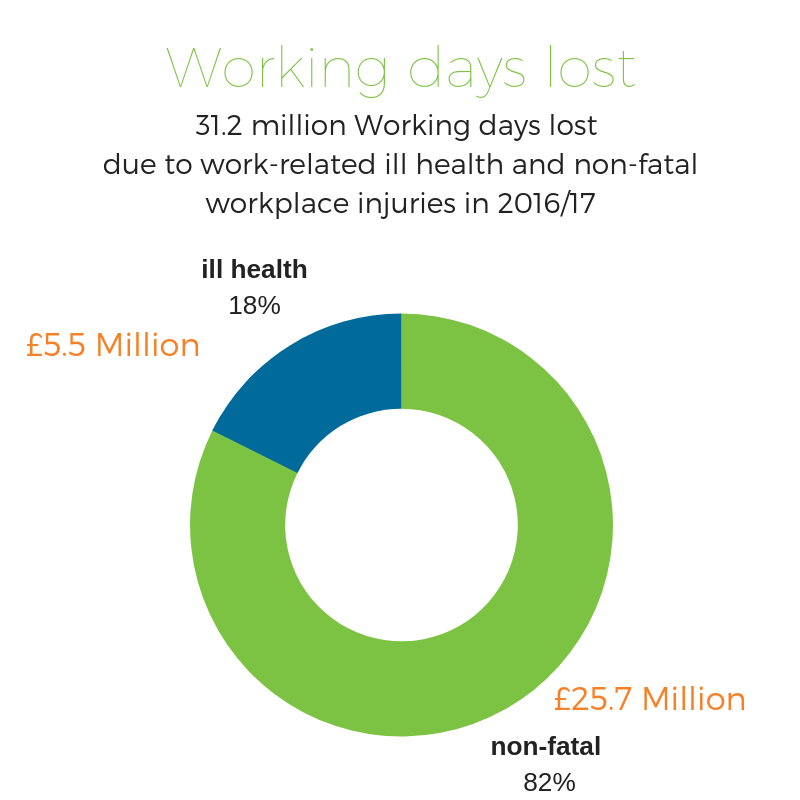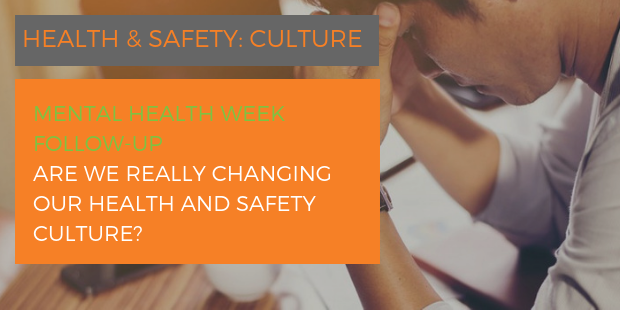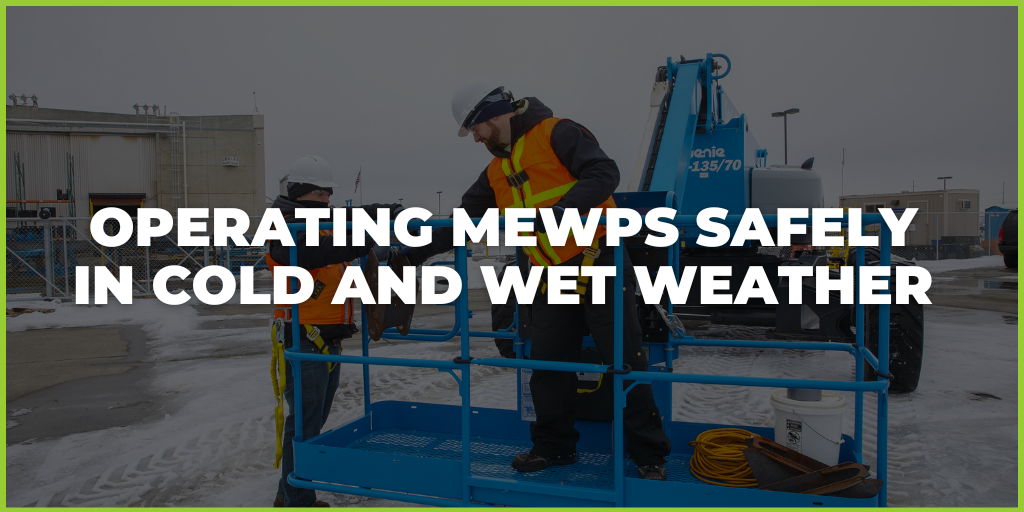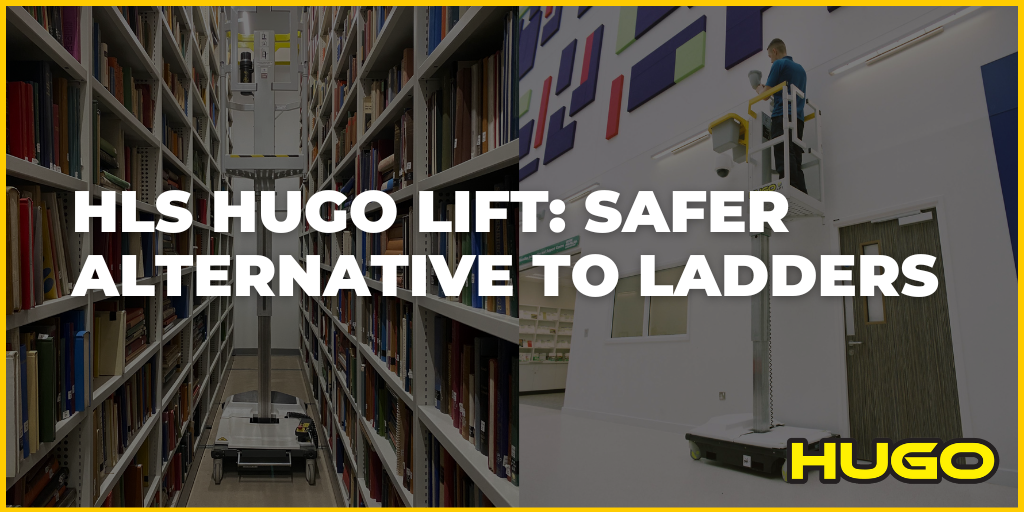Mental Health Week follow-up – are we really changing our health and safety culture?
To say it is HUGE that the subject of mental health has become as prominent a topic as physical illnesses would be an understatement and if like many of us you have been personally effected by mental health issues you will probably feel there still remains a gap between no longer being a taboo subject and it being fully incorporated into our culture both in & out of work in terms of prevention.
Health and Safety in the workplace is no different, most if not all of the focus is on preventing physical injury (although the well being impact on life changing injuries is more recognised in financial penalties).
The statistics:
1 in 4 will suffer mental health issues during their lifetime (source: hse.gov.uk/stress/mental-health.htm)
23% of all work at height tasks found to be undertaken using inappropriate equipment for the task
The impact:
31.2 million working days lost due to work-related ill health and non-fatal workplace injuries in 2016/17
Working days lost, 2016/17

Stress, depression or anxiety and musculoskeletal disorders accounted for the majority of days lost due to work-related ill health, 12.5 million and 8.9 million respectively.
On average, each person suffering took around 17 days off work. This varies as follows:
- 9.1 days for injuries
- 19.8 days for ill health cases
- 23.8 days for stress, depression or anxiety
- 17.6 days for musculoskeletal disorders
(source: http://www.hse.gov.uk/statistics/dayslost.htm)
The reality:
A significant increase in well being support required by employees to keep them mentally healthy, productive and happy in the workplace.
From a successful onboarding to employee high employee retention and low absenteeism – these are the key desires of any business to maintain a consistent team of productive employees.
So it seems employees and employers we want the same things, it is recognising this and working out how to achieve this.
In 2017, the government commissioned Lord Stevenson and Paul Farmer (Chief Executive of Mind) to independently review the role employers can play to better support individuals with mental health conditions in the workplace.
The ‘Thriving at Work’ report sets out a framework of actions – called ‘Core Standards’
3 Proactive actions that cost nothing:
- Breaks – give the mind a rest by taking time out regularly throughout the day
- Reinforcing positive messages – most employers do many things to keep their employees safe & well but don’t reinforce this in their communicating ‘we are investing in equipment to keep you safe because you are important to us’; ‘we are investing in training you in working at height because we care about your safety’
- Exercise – encourage employees to get up and go for a walk at lunchtime & not eat at their work area
Since the start of the pandemic more people are working from home and it can be even more difficult to find a work life balance. This guide provides some great advice on how to achieve the perfect work-life balance at home.
The big tip
HR & H&S leaders working together to formulate a joined up plan for line managers that reinforces positive employee messages & culture of safe non-judgemental openness at every opportunity – 1-2-1’s, training & team forums.
The Law:
Mental Health Act 2007 – protects the rights of employees with mental health issues.
Employers have a legal obligation if their work is either causing or aggravating mental health issues.
How we can help:
Working at Height equipment training - Invest in your employees working at height - training operators regularly and & let them know you care.
H & S for Managers training – invest in your managers and& their teams by ensuring they not only know and understand their legal obligations but also promote a positive culture approach to keeping each other safe.
Culture Consultancy – from user adoption programmes, employee training method preferences research, to culture tracking in order to identify where employee attitudes vary from the cultural values promoted.
Links:
http://www.hse.gov.uk/stress/mental-health.htm
If you have got this far, thank you for reading my first Health & Safety: Culture blog! In the coming months, I will be doing my best to articulate the passion and vision I have developed during my extensive experience as an employer of people and & the realisation that ‘culture’ is the #1 most important and greatest opportunity for success.
Lorraine





